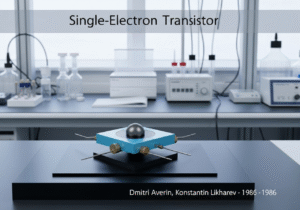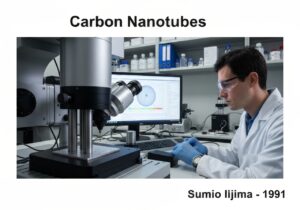L'informatique neuromorphique est un domaine interdisciplinaire qui conçoit des systèmes matériels et logiciels inspirés de la structure et de la fonction des réseaux neuronaux biologiques, en particulier du cerveau humain. Elle utilise des architectures non-von Neumann, dans lesquelles les processeurs et la mémoire sont étroitement intégrés, ce qui permet un calcul massivement parallèle, un traitement de l'information en fonction des événements et un fonctionnement à faible consommation d'énergie. En utilisant des éléments tels que des neurones artificiels et des synapses, les systèmes neuromorphiques imitent les mécanismes d'apprentissage, d'adaptation et de traitement sensoriel du cerveau.
This is our latest selection of worldwide publications and patents in english on Neuromorphic Computing, between many scientific online journals, classified and focused on neuromorphic computing, spiking réseau neuronalNeuromorphique, plasticité synaptique, retard axonal, neurones en silicium, VLSI analogique, apprentissage de Hebbian et neurones à pointes.
Publication : pas de nouvelles récentes sur ce sujet particulier. Veuillez essayer la recherche manuelle approfondie dans la base de données des publications dont le lien figure juste au-dessus.
Brevets : pas d'actualité brevet sur ce sujet particulier. Veuillez essayer la recherche manuelle approfondie dans la base de données des brevets dont le lien figure juste au-dessus.


























we are we going too fast on Neuromorphic Computing without handling the ethical aspects yet
Articles Similaires
Évaluation ergonomique du poste de travail
Ordre de modification technique (ECO) : meilleures pratiques pour minimiser les perturbations et les coûts
Du laboratoire au marché : le rôle de la production pilote
Plus de 45 astuces de sciences cognitives pour les jeux et le marketing : psychologiques et d'engagement
Plus de 45 astuces de sciences cognitives pour les jeux et le marketing : psychologiques et d'engagement
Dernières publications et brevets sur les zéolites